Great blue herons deserve to be called ‘great’
Paddling down the Susquehanna River, you may happen upon a great blue heron (Ardea herodias) standing patiently on the shore waiting for its chance to spear an unsuspecting fish, frog or crayfish.
In fact, you can look up from almost anywhere in the Southern Tier and see one flying overhead with slow and deliberated wing beats. Great blues make a unique and unmistakable silhouette in the sky with their graceful neck concealed in an s-fold and their long legs trailing dramatically behind.
These wading birds are called “great” for a reason – they are America’s largest heron. They stand 38 inches tall and have a 70-inch wingspan.
Their size alone can be all the positive identification you need, but this beautiful bird deserves a closer look. The adult great blue heron is a medium slate-blue color. It has a white face with Groucho Marx-type black “eyebrows.” These eyebrows are one of its most distinguishing features, separating this heron from others. This fowl’s fashion statement is made with a striped black and white tie-like marking along its throat.
Its long legs are a tasteful gray. This ensemble then is completed with a long, golden, dagger-like beak. Unfortunately, this graceful-looking beak is not a source of beautiful bird song – its call is a coarse croak.
Flamboyant plumes adorn the head, back and neck of the great blue heron during breeding season which is March through August. There is also an all-white phase of this same species that occurs only in Southern Florida.
According to a report by K. Hill of the Smithsonian Marine Station (http://www.sms.si.edu/IRLSpec/Ardea%20herodi.htm), great blue herons build nests in breeding colonies as high as 66 feet above the ground in trees near waterways. There are three to six eggs in a clutch. There is one brood raised each year, but if the nest is abandoned or destroyed, a replacement clutch can be laid.
Great blue herons are probably among the most recognized and prevalent of the wading bird species in the United States. I am happy to add that this waterfowl is not federally listed as either threatened or endangered – and I hope that it never needs to be.
Happy birding!
Birders’ Watch is provided by members of the Naturalists’ Club of Broome County. This column was written by Nancy McGee. For information on the Naturalists Club, write P.O. Box 191, Vestal, N.Y. 13850.
Posted in Birders Watch Columns | Comments Off on Great blue herons deserve to be called ‘great’
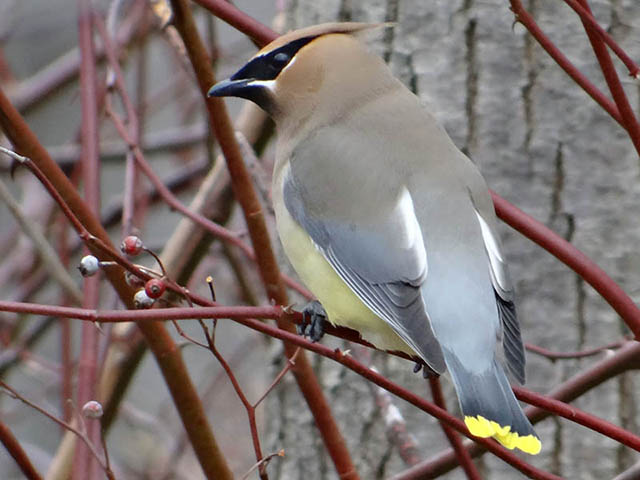
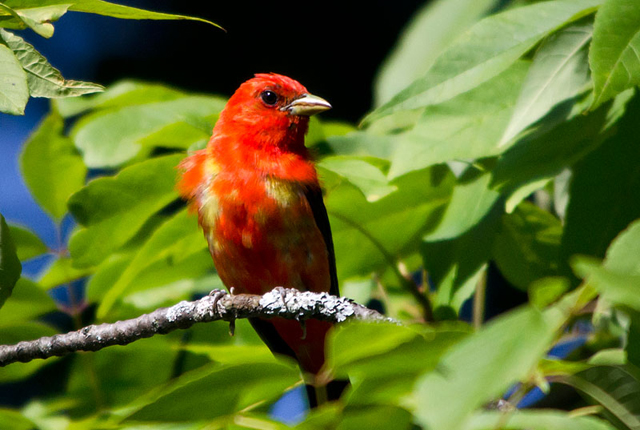
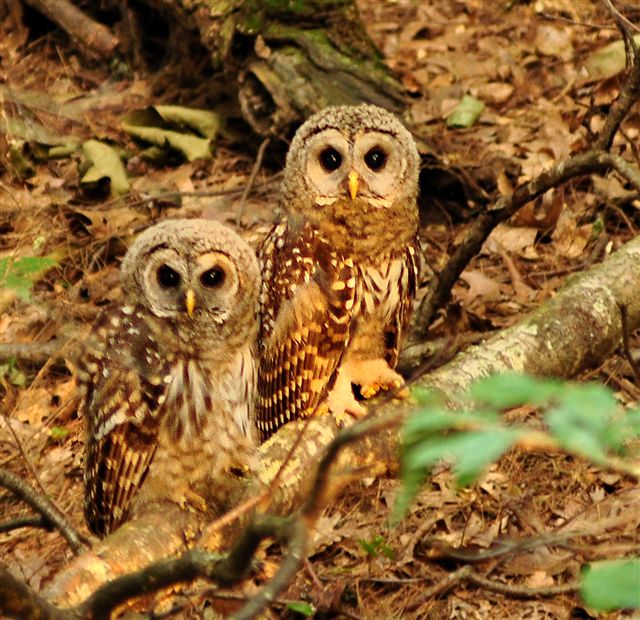
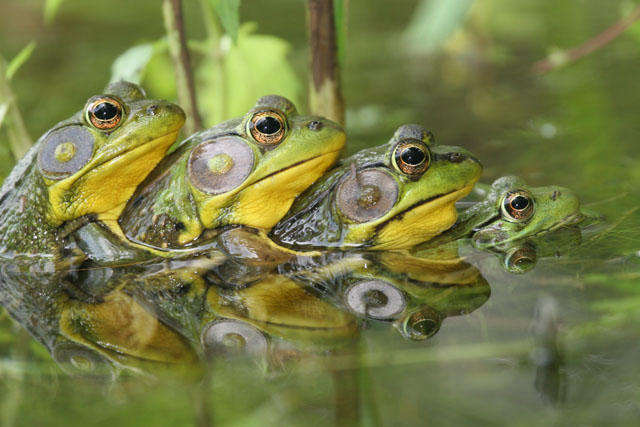
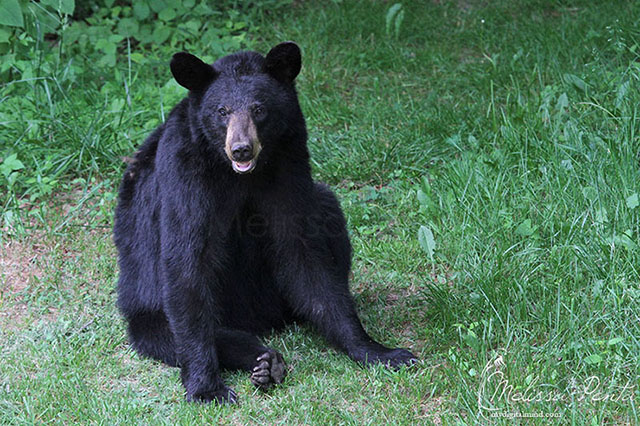
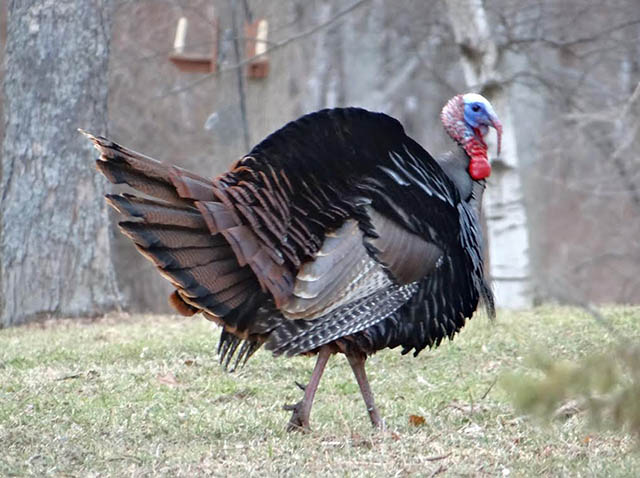
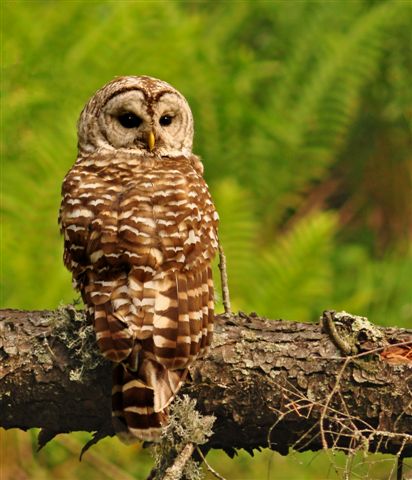

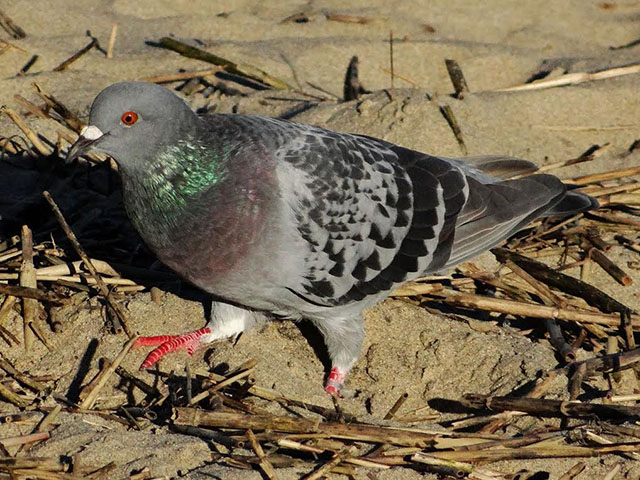
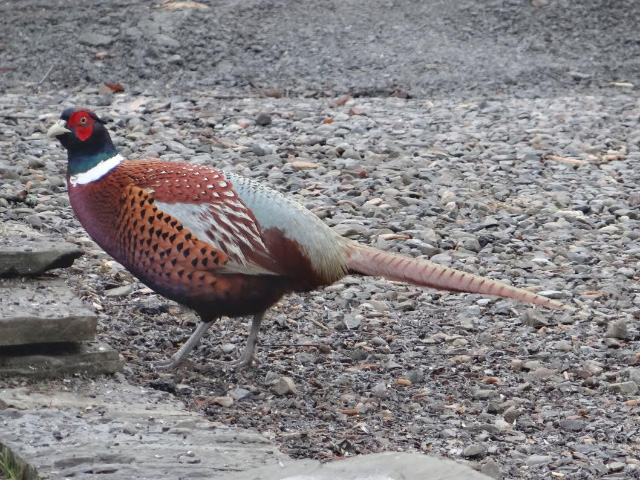
Comments are closed.